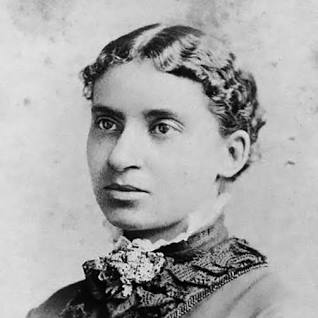Read Part One HERE
In this post I continue to focus on a woman named Maria W. Miller Stewart. She lived from 1803 - 1879. After moving to New York City, Maria remained an activist, attending for example, the 1837 Women's Anti-Slavery Convention, but she never again spoke in public. She supported herself by teaching in public schools in Manhattan and Brooklyn and eventually became an assistant principal of the Williamsburg School in Brooklyn.
Apparently after losing her teaching position in New York, Maria moved to Baltimore in 1852 or 1853. There she taught privately. In 1861, she moved to Washington, D.C., where she taught school again during the Civil War.
Around 1870 Maria was appointed to head housekeeping at the Freedmen's Hospital and Asylum in Washington D.C. Following Sjourner Truth in the post, she managed the cleaning staff.
In 1878 when she was seventy-five, Maria began receiving an eight-dollar-a-month widow's pension based on her husband's service in the U.S. Navy in the First World Was. She used the pension to republish her book "Meditations from the Pen of Mrs Maria W. Stewart." The book was published just before her death on December 17, 1879.
Read Part Fifty-Two HERE








